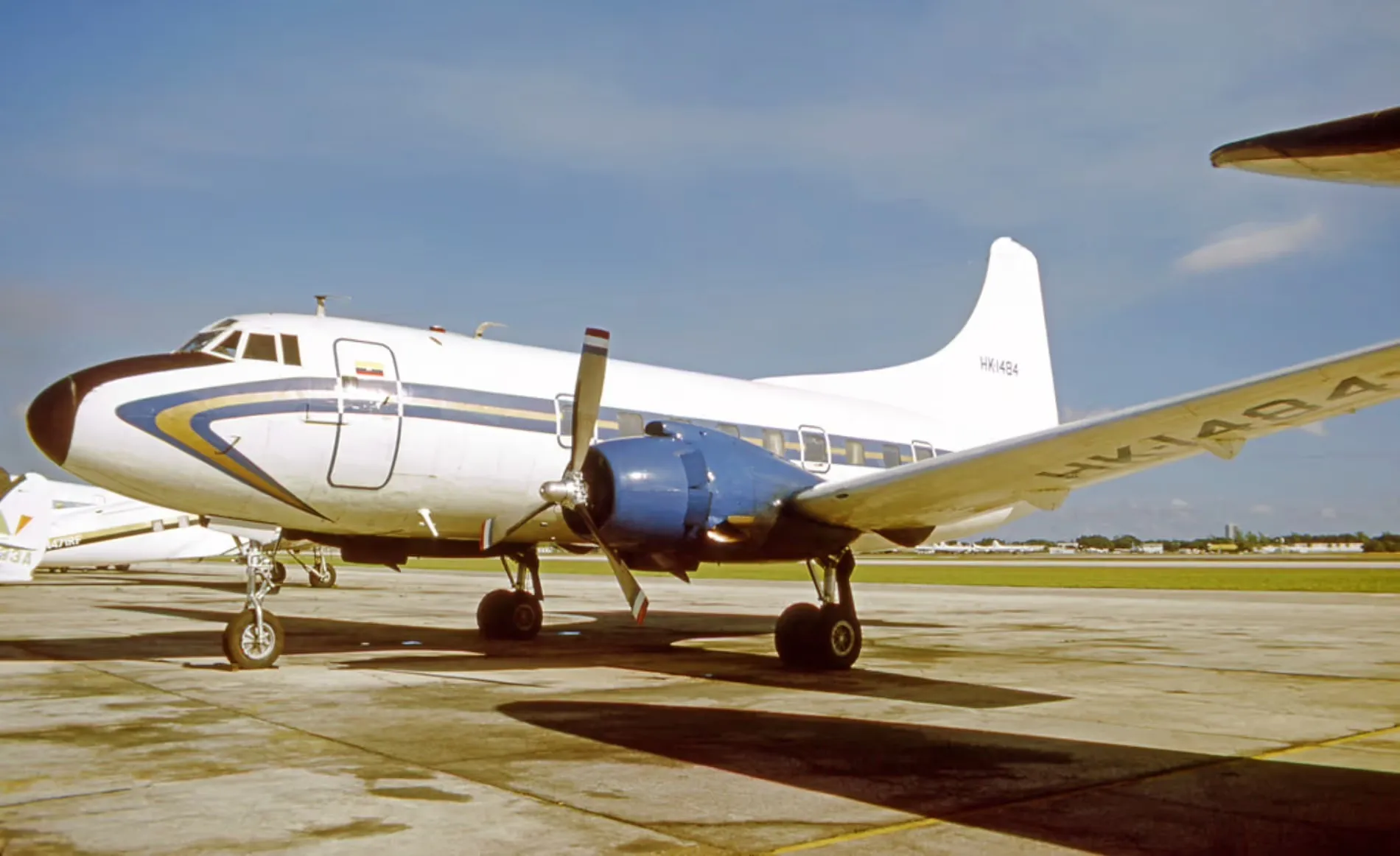DALLAS — Today, in 1946, the twin-piston-engined Martin 2-0-2 type aircraft took to the skies for the first time. The plane was produced for just one year, and only 47 were ever built, but the airliner went on to fly for 28 years.
Glenn L. Martin established the Martin Company in 1912. It would later merge with the Wright Brothers' Wright Company. Martin believed that Model 2-0-2, also known as the ‘Martin Executive', would replace the venerable Douglas DC-3.

2-0-2 vs. DC-3
As with the DC-3, the 2-0-2 had an unpressurized cabin. This made the type less appealing than its rival. It did provide airlines with a range of 635 miles and a larger cabin capable of carrying 40 passengers.
The Martin Executive utilized Pratt and Whitney Double Wasp radial engines, known for their reliability and resulting in reduced maintenance expenses. Additionally, the 2-0-2 boasted a maximum cruising speed of 311mph, surpassing the DC-3's 230mph.
Pennsylvania Central Airlines became the launch customer for the type when it ordered 35 on November 13, 1945. Colonial Airlines followed suit two weeks later with an order for 20 airframes.
Early orders added up to 137 2-0-2s in January 1947. However, delays in production led to a number of carriers canceling their orders. Northwest (NW) would go on to become the first operator of the type when it introduced it into service between Minneapolis and Chicago on October 13, 1947.
Featured image: Martin 2-0-2 HK-1484 of Aeroproveedora (Colombia) at Fort Lauderdale International in 1973.




.webp)
